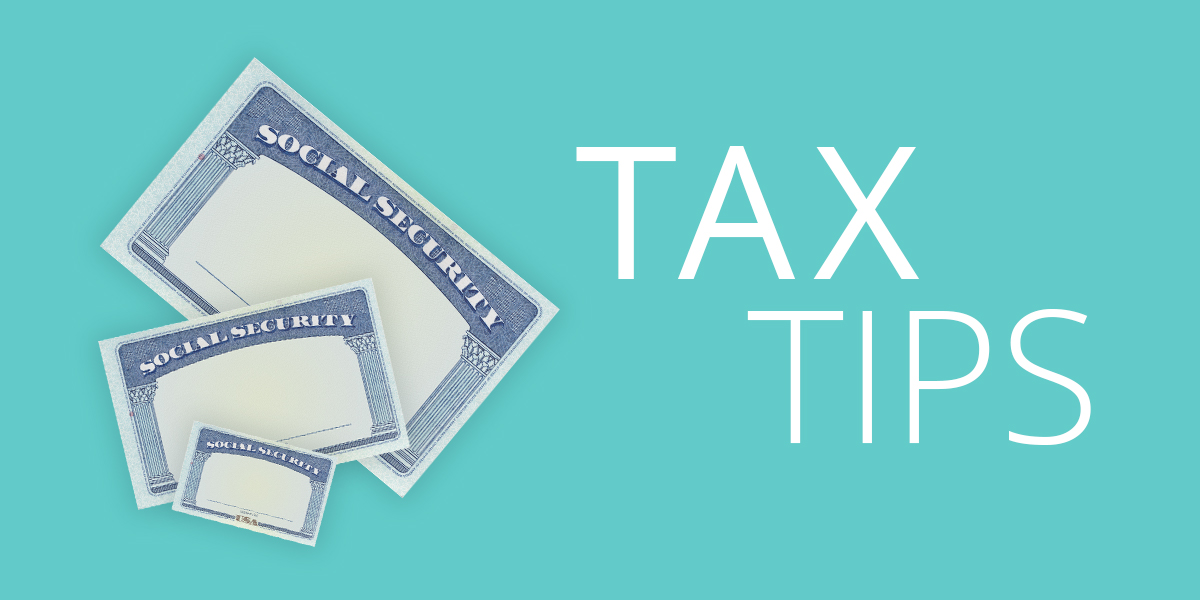The Coronavirus Aid, Relief, and Economic Security Act allowed self-employed individuals and household employers to defer the payment of certain Social Security taxes on their Form 1040 for tax year 2020 over the next two years. Half of the deferred Social Security tax is due by December 31, 2021, and the remainder is due by December 31, 2022.
How individuals can repay the deferred taxes
Individuals can pay the deferred tax amount any time on or before the due date. Here is how it works:
1. Household employers and self-employed individuals should make payments through the Electronic Federal Tax Payment System or by credit or debit card, money order, or with a check. These payments should be separated from other tax payments to ensure they are applied to the deferred tax balance on the tax year 2020 Form 1040 since IRS systems won’t recognize the payment for deferred tax if it is with other tax payments or paid with the current Form 1040.
2. Designate the payment as “deferred Social Security tax.”
3. Select 1040 US Individual Income Tax Returns and deferred Social Security tax for payment type if using EFTPS. The payment must be applied to the 2020 tax year, where they deferred the payment.
What to do if you are unable to pay in full by the installment due date
Individuals who cannot pay the full deferred tax amount should pay whatever they can pay by the installment due dates to limit penalty and interest charges.
If the installment amount is not paid in full, IRS will send the taxpayer a balance due notice. Taxpayers should follow instructions on the notice to make a payment or apply for a payment plan. They can also visit the Paying Your Taxes page on IRS.gov for additional information about the various options of how they can pay, what to do when they can’t pay, and viewing their tax account.
Please call if you need assistance making deferred tax payments or have any questions about using the EFTPS.

